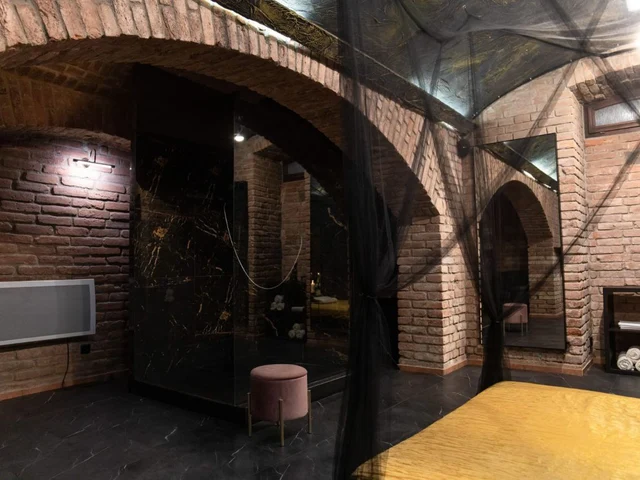Healing Journey: Practical Paths to Recovery & Wellness
Ready to feel better without guessing which therapy actually helps? Your healing journey can be simple and smart. Start by matching one clear goal—reduce pain, improve sleep, fix posture, or relax—and pick therapies that serve that goal directly.
Not every technique fits every person. If you have tight muscles and trigger points, a targeted trigger point massage or warm stone session can loosen knots fast. For chronic pain that comes from movement patterns, try Feldenkrais or Hellerwork to retrain how your body moves. If emotional stress dominates, gentle modalities like palliative touch, polarity therapy, or Esalen-style work often bring calm quickly.
Choose what fits you
Here’s a quick rundown of common options and when they help: Hilot and Lomi Lomi bring rhythmic, whole-body work that soothes and balances. Amma and Amma-style sessions target back and neck tension—good after workouts. Ortho-Bionomy and Rolfing focus on alignment and posture for long-term relief. Stone therapy and warm stone massages help with circulation and deep relaxation. Acupressure is a low-cost tool you can use at home for headaches, stress, and sleep. If you’re facing serious mobility limits, look into medical options like contractual tendon release and follow up with rehab-focused bodywork.
Always check credentials and ask about experience with your issue. Ask a therapist what to expect during the first session, typical number of visits, and aftercare steps. If you have a health condition, tell your primary care provider and the therapist—simple safety checks reduce risks.
Quick checklist for your healing journey
1) Set one clear goal for the next four weeks. Small wins keep momentum. 2) Pick one hands-on therapy and one self-care habit—like daily acupressure or movement lessons from Feldenkrais. 3) Book an initial assessment, not a full package; you want a trial and plan. 4) Track changes in pain, sleep, and mobility—take notes after each session. 5) Adjust: if something doesn’t help after 3 sessions, try a different approach.
Combine smartly. For example, use massage for immediate relief, then Feldenkrais or Hellerwork to change movement patterns so the pain doesn’t return. Use bioenergetics-style habits—better breathing, small daily movement, consistent sleep—to boost any therapy’s results.
If you're unsure where to start, try one classic session (like a therapeutic massage or a guided Feldenkrais lesson) and one gentle practice you can do at home. That mix gives quick comfort plus long-term change without costing a fortune.
Your healing journey is personal. Keep it simple, measure progress, and pick tools that match your goal. Small, steady steps win more than big, random moves. Need suggestions for therapists or local options? Tell me what you’re dealing with and I’ll point you to a few practical next moves.

Discover the Transformative Power of Craniosacral Therapy
Craniosacral Therapy is an innovative approach to healing that involves gentle manipulation of the cranial bones, spinal column, and sacrum. This therapy aims to improve the flow of cerebrospinal fluid and enhance the body's natural healing processes. An increasing number of people are turning to craniosacral therapy for relief from chronic pain, stress, and various health conditions. By understanding its benefits and how it works, individuals can consider integrating craniosacral therapy into their wellness routines. This article explores what craniosacral therapy is, its roots, who it can benefit, and shares insights from practitioners.
Categories
- Health and Wellness (148)
- Alternative Therapies (86)
- Massage Therapy (40)
- Travel and Culture (15)
- Beauty and Skincare (9)
- Holistic Health (8)
- Health and Fitness (5)
- Spirituality (5)
- Other (2)
- Personal Development (2)



